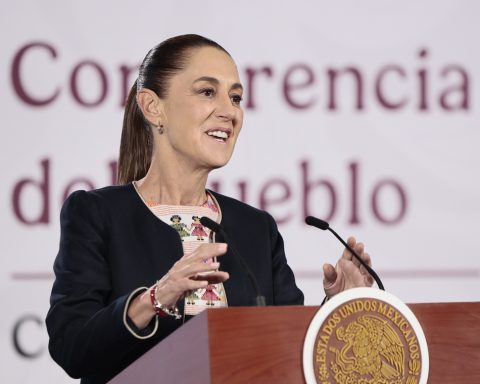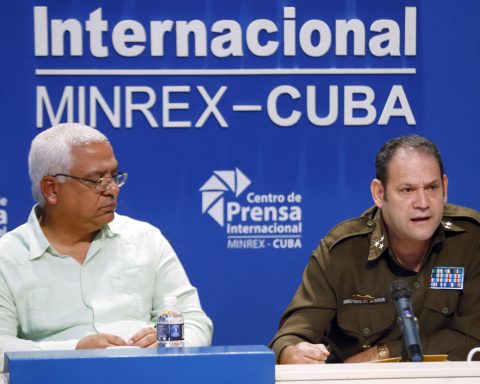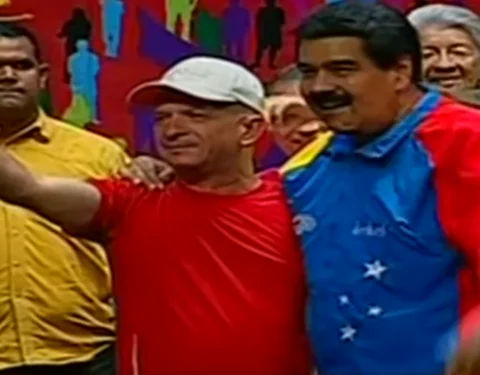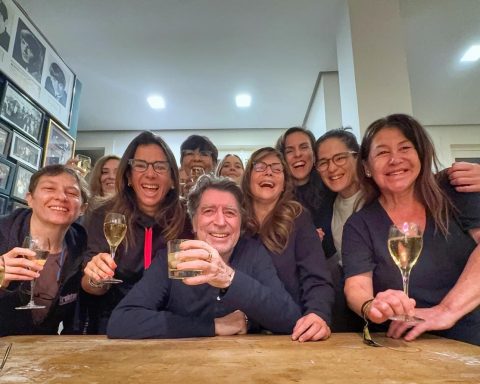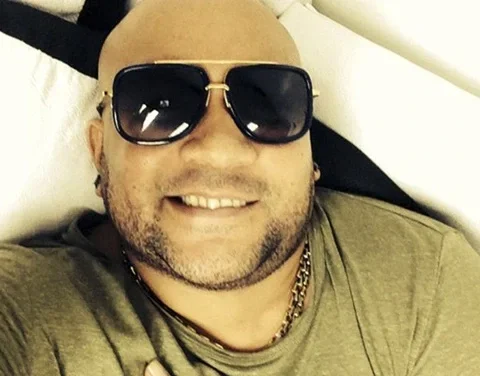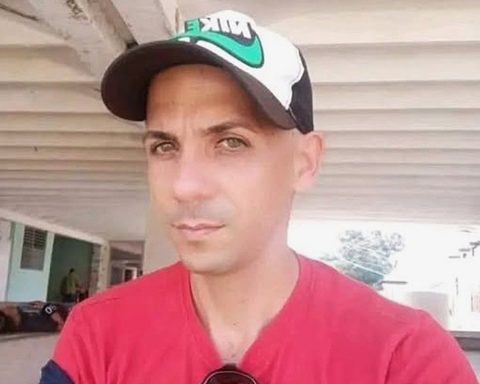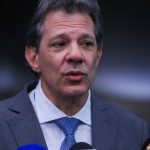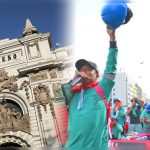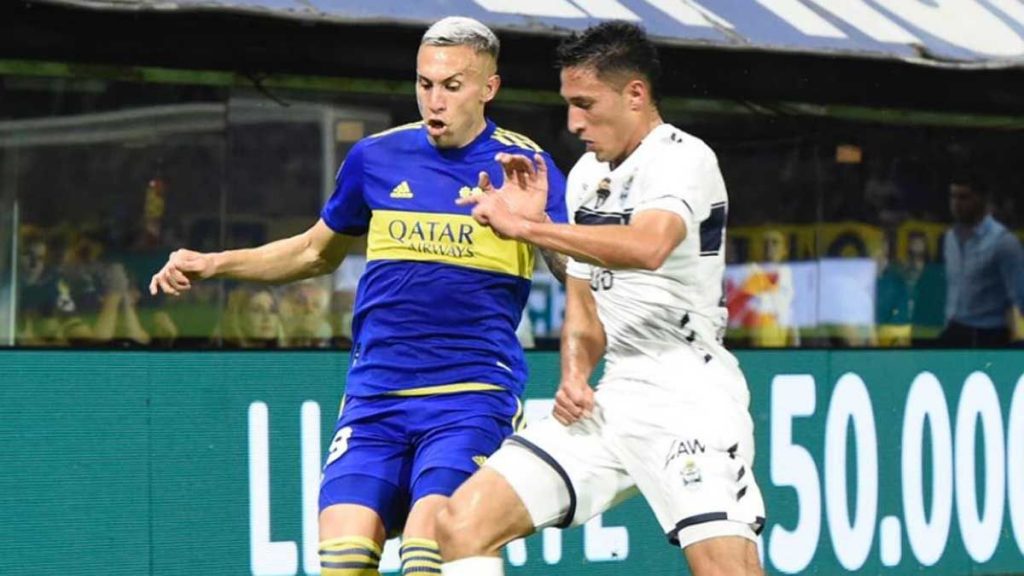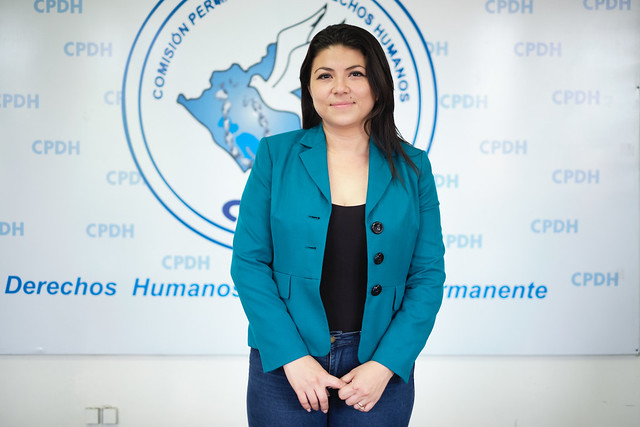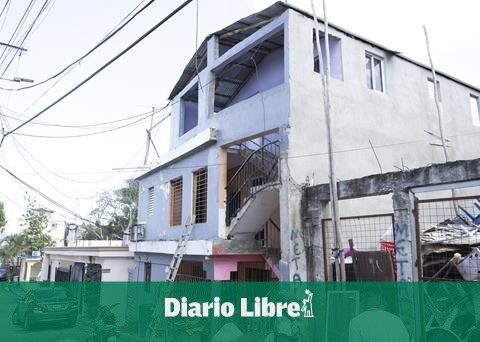The phrase, the “mulato accelerate” tells me, comes from the initial days when the López brothers rehearsed the new kind of danzón and, when injecting rhythm into the elegant ballroom dance, they said to each other: dale mambo! The brass sounded then and if you were nearby you had no choice but to pull down a corridor.
In those reviews of the history of music, he stopped a conversation with Arnaldo Rodríguez, next to the piano in Egrem’s study 18, about a week ago, while Bertha Elena, the musical director of the Talismán, reviewed the scores with the musicians who would enter to record , shortly, for “Habana Mambo Orquesta”.
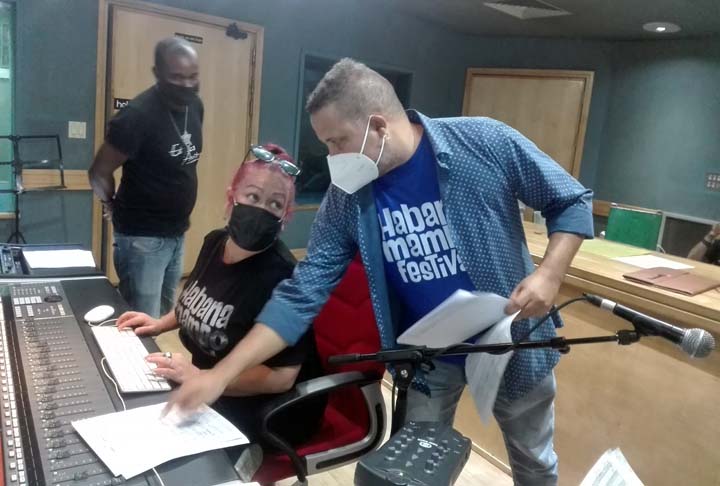
What is it about?
“Habana Mambo Orquesta” is an album that began to be recorded in 2019. At that time, he had finished four songs, which were like the initial idea of what the production was going to be. It is time to conclude it and close the cycle. “
I remember that you have spoken on several occasions about the project, even in a 23 and M program we enjoyed some preview, with voices like Yulaysi Miranda …
“Yes, at that first moment, young singers such as Yulaysi Miranda participated, who at that time had just been the winner of Sonando en Cuba and Pedro Barrizonte, who today is the singer of Pupy and those who are are, but had also been a finalist in that television contest As they were young voices with a lot of talent and a lot of projection, I wanted to have them on the album.
“I also have experienced musicians there, like the brass from Habana D Primera, with a spectacular intervention by Alexander Abreu on the trumpets and well … that’s how I started recording Habana Mambo Orquesta, this tribute to popular music where Arnaldo Rodríguez does not sing, he does not play anything, he appears only in his role as a musician, arranger, music producer, instrumentalist, since I play piano and bass on some songs, but it is not an Arnaldo y su Talisman album “.
And what did you reserve for this return to studies?
“I believe that this second stage of recording more than completes the initial idea. It is an album that generally forms part of the mambo as one of the representative and relevant genres of the so-called golden age of Cuban music, in the decade of the 50 of the 20th century, but it is really a tribute to all Cuban popular music, at least that is its claim and I think that in some way I have achieved it. I am enjoying it a lot because this is a material that has been enriched a lot in this second part and has come closer to what was intended to do “.
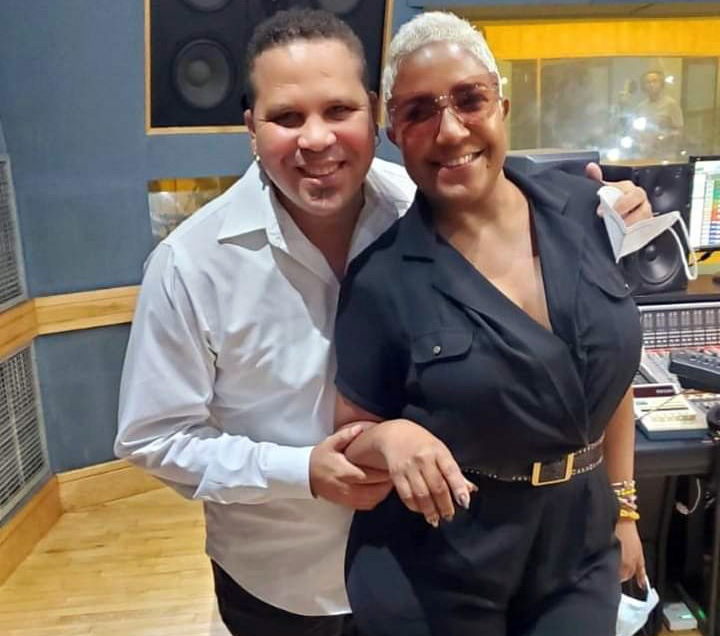
But tell me about the guests …
“In this last stage I have added interpreters like Haila María Mompié, who does a version or really I would say almost like new, a song of mine from 20 years ago, which sounded a lot on the radio when I was with the Azúcar band. It calls The Waistband and I think it was the first success of that project. I brought that song 20 years later with a modern orchestration, performed by Haila, a singer known and loved by all.

“There is also Moisés Valle, Yumurí, a singer I have known for so many years, since he began his career, I was still a student and we had never done a job together and he is invited to sing a song that is a Benny Moré classic. adds Noro, a young voice from the soneros, with a lot of charisma and a lot of talent too. As you can see there are different interpreters “.
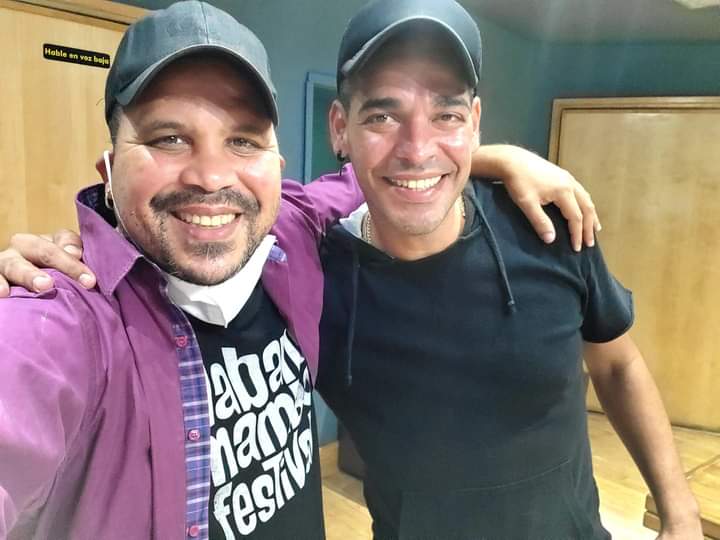
You have already told me that the album is in general a tribute to Cuban music, will it include any particular tribute?
“Yes, the Aragón Orchestra is going to be in a tribute that I am doing to the mixture of the mambo with the cha cha cha that groups such as the Zenén Suárez Ensemble, the Hermanos Castro orchestra … various formats of that time did. la Aragón: Rafaelito Lay with his son and other musicians from the orchestra.
“There is a very important theme, of my own, that appears on this album: it is a tribute to Israel López Cachao and, in a way, also to his brother, Orestes López, because they are the creators of Mambo, the López brothers. In Cachao’s case, he was a bass player, he is well known for the imprint he left on the instrument, which is mine, so that is something that I am very excited about: making a mambo that is half jazzeado, half Latin jazz … Here I have another guest, Iván el Hijo de Teresa, who interprets the song.
“With” Mambo manía “there will also be a tribute to the music of Pérez Prado,” the King of the mambo “, who was not the one who created it, but who made it known worldwide and is the most notorious figure, more known within this genre. “Mambomanía” is a medley that goes through three of the most emblematic songs by Pérez Prado: Mambo No. 5, which is the best known in the world, Mambo No. 8 and Mambo rock that It has that American style of jazz, of blue … “
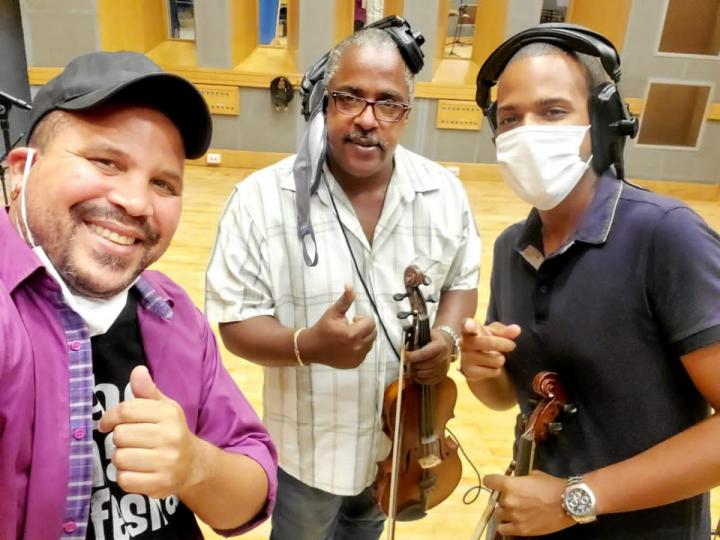
So there is music by Arnaldo Rodríguez, by Pérez Prado …
“There is a curious thing that I discovered with this and that is that Benny Moré and Pérez Prado had composed things together. I did know that Benny sang for a time with the Pérez Prado orchestra in Mexico, but that they had composed things together I did not know when investigating to make this production and that is the case of Mambo Ete, which I have included in the album. It is called. There is also a song by Machito and his Afrocuban Jazz, it is called While the mambo exists and it is sung by Yulaysi Miranda and Pedrito ” .
Who took care of the arrangements, the orchestrations?
There are orchestrations by me and by Pompa, who was a keyboardist for Talismán for a long time and has now worked with us on this project.
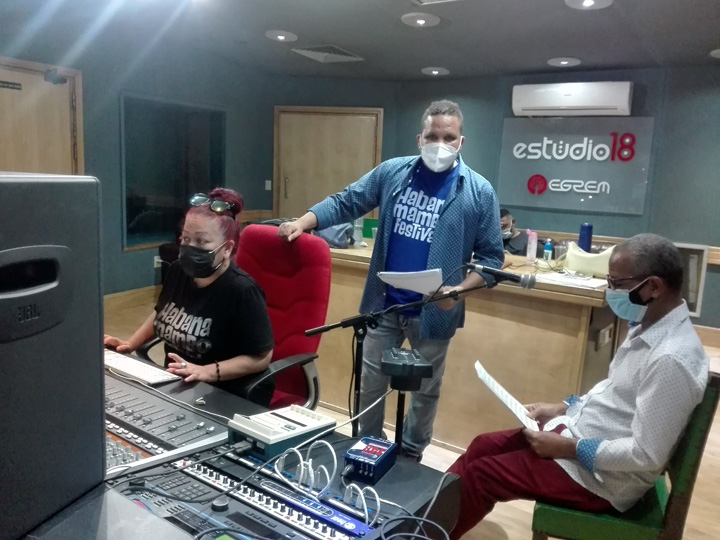
When do we dance with the Habana Mambo Orchestra?
“We already put the album in high speed, I imagine that in January 2022 it will be ready.”
Lately the word “mambo” accompanies you in several of your new projects, recently, for example, as an organizer of the Habana Mambo Festival, you explained that the term was used as a synthesis of the Cuban dance musician genres. What has happened between Arnaldo Rodríguez and the mambo?
“I think that there are several genres that have that condition, that capacity, but it is the one that I have chosen, perhaps because I think that it is the one that lags the most in terms of its exploitation today. For example, there are many people doing son , experimenting, contributing; likewise with the danzón, which is really a musical complex from which other styles are derived, including the mambo … for that name to sound like something present, which is part of our musical heritage.

“Secondly, there is an element there which is fusion, I have always been linked to the mixing and fusion of musical styles and the mambo is one of the genres that most synthesizes the mixture and fusion of elements of Cuban music with American music and with other colors of international music. “
